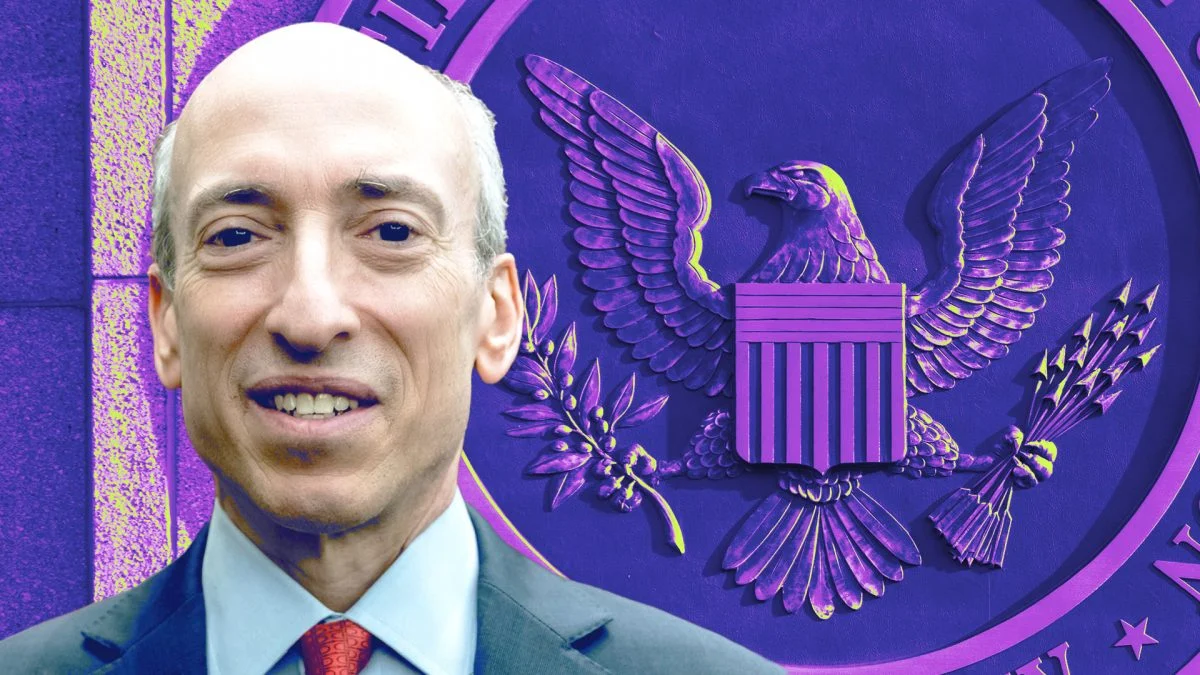Heavy! The SEC issued the first blockchain token supervision guide, whether it is a securities to see four major points
At 11:00 pm Beijing time on April 3, the US Securities and Exchange Commission (SEC) issued a new regulatory guide for the token issuer, which took nearly half a year.
It is reported that the guide focuses on token regulation and outlines how and when these cryptocurrencies will fall into the securities classification.
William Hinman, head of corporate finance at the SEC, revealed for the first time that the regulator began to develop a new regulatory guide for cryptocurrency in November last year. Other members of the agency, including FinHub head Valerie Szczepanik and member Hester Peirce, have repeatedly said that SEC staff are Study the document.

- Opinion: The non-exchange channel of the currency circle is essentially a brokerage and investment bank.
- Public chain development combat: local environment preparation virtualbox articles
- Symbiosis of 5G, Internet of Things, and Blockchain: Record of 2019 IT Leaders Summit
(Photo: SEC Commissioner Hester Peirce)
In November, Hinman said that this "easy English" guide will help token issuers easily determine whether their cryptocurrency is eligible for securities issuance.
It is reported that the guide stipulates which networks and tokens are regulated by the securities laws and which are not regulated by the securities laws. The SEC also exemplifies that the TKJ (TurnKey Jet) project is not a security and therefore does not require registration.
DLT framework
The framework itself outlines some of the factors that a token issuer must consider before assessing whether its issue is eligible for securities. These factors include expectations of profits, whether it is a single entity or a group that is creating or supporting a digital asset market.
Referring to the frequently quoted Howey test, the guide emphasizes “depending on the efforts of others”, “reasonable profit expectations”, “development of the network”, “use of tokens”, “the purchase price of tokens and their market prices and others”. Is there a correlation between the factors?"
The guide also details how issuers should look at previously sold tokens, assess whether they should be registered as securities, and “whether or not to reassess digital assets previously sold as securities”.
It is reported that the criteria for reassessment include:
- Whether the distributed ledger network and digital assets are fully developed and operated (ie, individuals can use tokens for certain functions immediately);
- Token is concerned with specific use cases, not speculation;
- Whether the “appreciation prospects” of tokens are limited;
- And if used as a currency, the token is actually stored as a value;
However, it should be pointed out that although this guideline has been introduced for a long time, it also provides some legal clarity for the token issuer, but it is not a legally binding document and should be viewed more. For the guidelines.
SEC Commissioner Hester Peirce has said in the past that the guidance issued by the committee's staff is not as important as the guidance issued by the committee.
When speaking at New York University in March, Peirce explained:
“Now the staff guidance is the employee guidance. In any case, the committee can continue to take enforcement measures, but the staff guidance is really important, but I want to do some more formal work at the committee level, so people have more Certainty."
Remaining problem
Although the guide discusses the securities classification, other issues remain unanswered. In particular, the US Securities and Exchange Commission has not provided a clear explanation of the concept of custody of broker dealers holding cryptocurrencies.
The key issue with hosting is that although broker dealers can easily verify that the cryptocurrencies in any given wallet belong to them, it is difficult to prove that no one else has access to them.
Szczepanik said in a group at the DC Blockchain Summit in March that these companies "require to prove that they have control and that it is difficult to prove this with digital assets."
She explained: "Digital assets… are controlled by holders of private keys, and it is difficult to counter-evidence."
The full regulatory guide is as follows:
DLT Framework by CoinDesk on Scribd
We will continue to update Blocking; if you have any questions or suggestions, please contact us!
Was this article helpful?
93 out of 132 found this helpful
Related articles
- The highest rate is 5 ups! Blockchain concept stocks are the rise or fall of the bubble or the return of value?
- Opinion: "Unable Triangle" of Stabilizing Coins
- The story behind the resurgence of the venture capital Andreessen Horowitz
- What is the mission of Bitcoin? Why did Coinbase start crazy online assets? The answer is here
- Is the mine-based “guaranteed” income product really low risk?
- Bitcoin and IDG Layout Japan Exchange, Liquid Completes Series C Financing, Valuation $1 Billion
- Bitcoin returns to the 2017 bull market? No, it’s better now, there are 8 reasons here.





